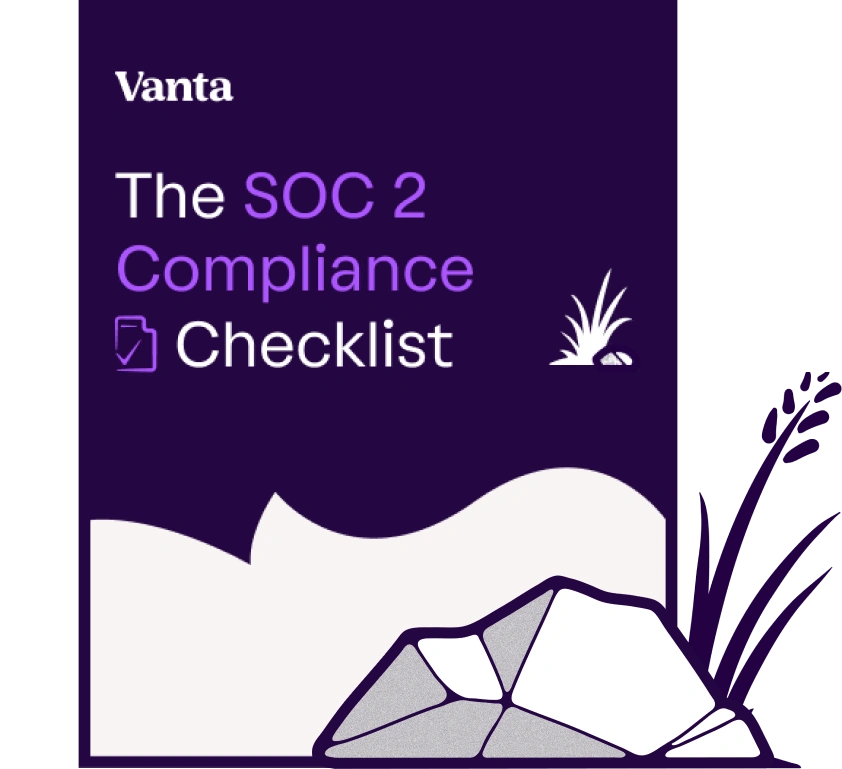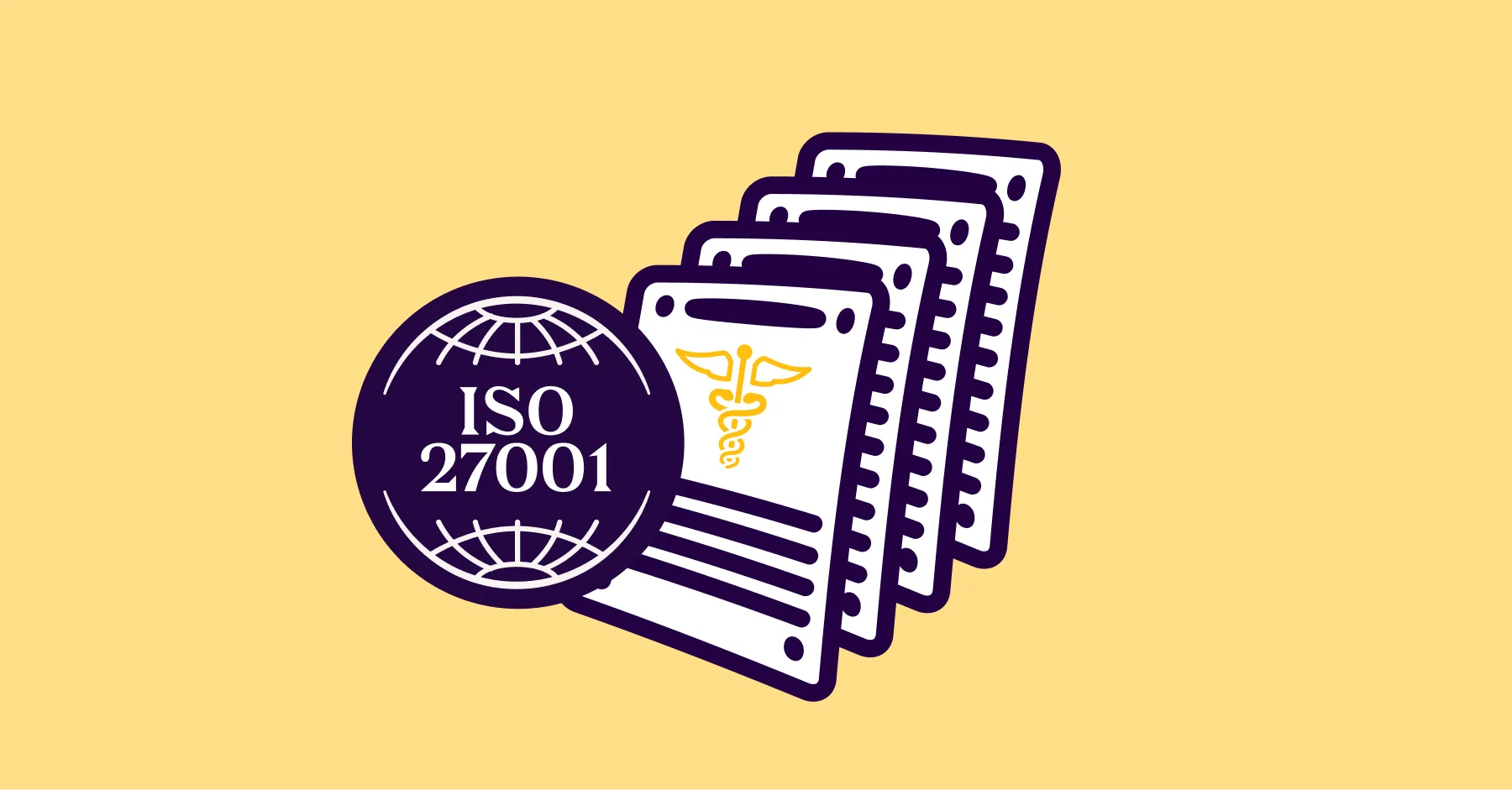Share this article

The evolution of information security audits
Accelerating security solutions for small businesses Tagore offers strategic services to small businesses. | A partnership that can scale Tagore prioritized finding a managed compliance partner with an established product, dedicated support team, and rapid release rate. | Standing out from competitors Tagore's partnership with Vanta enhances its strategic focus and deepens client value, creating differentiation in a competitive market. |
Vanta’s Matt Cooper recently spoke at SecTalks 2021, a virtual cybersecurity conference hosted by Cobalt. The half day conference covers various topics in the cybersecurity world, including how security can impact your business, pioneering tools and platforms, and strategies for keeping your organization secure in the cloud.
Matt, Vanta’s Principal, Cybersecurity and Data Privacy, presented a lightning talk entitled “Compliance Automation: Past, Present, and Future of Information Security Audit.” In the talk, he discusses the business implications of evidencing a security audit, ways to prove an audit, and how Vanta was created out of a frustrating auditing experience.
Three ways to prove a security audit
Why do an information security audit at all? Matt shares that there could be a few reasons for why your organization would go through the process of a security audit, including internal assurances and the ability to report to senior management. However, the most common reason is that an organization wants to sell their product or service to a customer and in order to do that, the org must demonstrate that they have a reasonable security posture.
There are three solutions to prove security posture. The first is through self-attestation -- doing internal checks and assessments and filling out questionnaires for the customer. This solution may not hold much merit for the client, given that it is a self-attestation and the accountability is within the organization.
The next solution is a second party audit. This is common practice if the customer you engage with has a high level of security requirements. The audit would be a contractual agreement that states that if there is a business deal, the consumer will be allowed to do a security audit whenever they choose. This can be a difficult, time consuming, and expensive process. And, moreover, if you’ve agreed to this contract with several customers, you could be audited several times over in a very short period of time.
The final solution is a third party audit. This approach uses an independent, professional auditor to audit against a security framework and then will produce a standard report that can be shared with multiple sources. This is less expensive than other options and considerably less time consuming because the audit can be done once and shared many times over.
Security audit challenges
A third party audit, though seemingly the best option, can still be quite challenging. Here are just some of the reasons why a third party audit can cause frustration:
- It requires time and effort from a trusted source, like a CISO or Senior IT
- It is an inefficient use of skilled workers and their time
- It is only a point in time testing -- not continuously monitored for security
- There is always the potential of audit fraud
- You might need more than one audit for different frameworks
The challenges in the information security audit have created opportunities for improvement. As anyone who has gone through an audit can tell you, the process is manual and inefficient, the assurance level is low, it is repetitive, and not a productive use of time.
Isn’t there another way?
Matt shares how Christina Cacioppo, Vanta’s CEO and Cofounder, understood first-hand the challenges of going through the audit process. After getting frustrated over the lack of automation, she decided to challenge the standard audit process and create a more efficient solution.
One of Vanta’s primary innovations was to build standard tests for technical controls that organizations in the cloud have to show for information security frameworks -- standards like firewalls, encryption at rest, and encryption at transit. The test results can be used against the compliance frameworks and can then assess where the security needs are.
The continuous automation platform negates the need to manually collect evidence. It creates continuous automation of security checks, which provides a higher level of assurance. The continuous monitoring alerts the auditee if certain tests are failing in real-time and all the data is stored in an automated audit framework collation. Organizations can maintain a compliant posture continuously without having to cram for the audit each year.
What’s next for information security audits?
After Matt walks us through the history of a challenging audit and the evolution of a continuous automated platform, he shares insight on what the future holds for security compliance.
Watch Matt’s talk and learn more about how security frameworks are changing, whether manual auditing will be extinct, and how better assurances will become the norm from his lightning talk presentation.
More on compliance automation
The fast, easy way to get a SOC 2
Webinar: Security compliance and enterprise sales





FEATURED VANTA RESOURCE
The ultimate guide to scaling your compliance program
Learn how to scale, manage, and optimize alongside your business goals.















.png)

.png)







.svg)

.svg)
.svg)
.png)
.png)
.png)